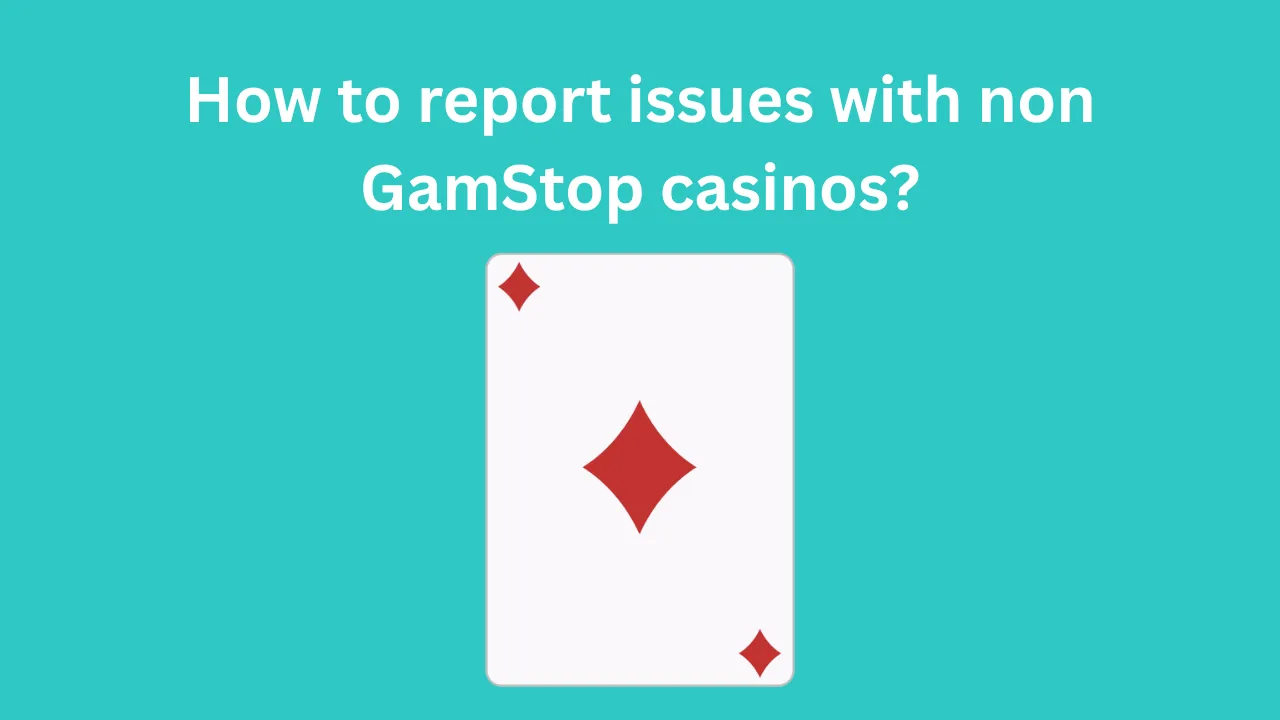In the ever-evolving world of casinos, the ability to deliver the right promotion to the right player at the right time can make all the difference between a casual visit and a loyal customer. Over the past few years, I’ve witnessed firsthand how data-driven strategies have transformed promotional tactics—from blanket offers emailed to every member, regardless of their interests, to hyper-personalized deals that feel as though they were designed specifically for you. The secret behind this shift is machine learning: a powerful subset of artificial intelligence that enables casinos to analyze mountains of player data, predict behavior, and craft tailored promotions that resonate on a personal level.
Understanding Machine Learning in a Casino Context
At its core, machine learning (ML) involves teaching computers to identify patterns in data without explicit programming. In a casino setting, that data might include every spin of the roulette wheel, each hand of blackjack, details on slot preferences, deposit history, session duration, and more. When casinos apply ML algorithms to this rich dataset, they can group players into behavioral segments. For instance, one algorithm might detect that a certain group of players frequently deposits on Friday nights and prefers high-volatility slots, while another identifies players who enjoy frequent low-stakes poker games during weekday afternoons. By recognizing these patterns, ML models can predict which type of promotion—free spins, match offers, or loyalty point multipliers—will be most compelling for each segment.
Collecting and Processing Player Data
Data is the lifeblood of any ML-driven promotional engine. Casinos collect information from a variety of sources: online gaming platforms, loyalty programs, mobile apps, and even social media interactions. Every click, wager, and withdrawal feeds into a centralized data warehouse. In my conversations with data analysts at several major operators, they emphasized that cleaning and structuring this raw information is often the most time-consuming step. Before an ML model can make accurate predictions, data scientists must ensure consistency—standardizing date formats, resolving missing values, and reconciling duplicate records. Once the dataset is polished, it becomes possible to train models that continuously learn and improve as new data flows in.
Segmenting Players with Clustering and Classification
One of the first ways casinos leverage ML is through clustering, an unsupervised learning technique. Imagine a casino wants to identify natural groupings among its players without predefined labels. By using clustering algorithms like k-means or DBSCAN, they can let the data speak for itself. These algorithms examine player attributes—bet size, favorite game types, average session length—and automatically form clusters. I recall a case where a mid-sized online casino discovered an unexpected group of “mobile micro-gamers”: players who made tiny bets on the go but exhibited high churn rates. Armed with this insight, the casino promptly designed a special “micro-bonus” of small free spins that catered to their budgets and playstyle.
In addition to clustering, classification models help casinos predict specific behaviors. For example, a supervised ML model can be trained to predict the likelihood that a player will churn within the next 30 days. By feeding the model historical data labeled “churn” or “active,” the algorithm learns to spot risk factors—such as declining deposit frequency or reduced play duration. Once high-risk players are identified, casinos can use timely “stay-in-the-game” promotions, such as no-deposit bonuses or personalized cashback offers, to encourage them to keep playing.
Predicting Lifetime Value and Optimal Offer Types
Customer Lifetime Value (CLV) is an essential metric for any business, and casinos are no exception. Using regression-based ML models, data scientists estimate a player’s potential value over time. CLV predictions take into account past spending patterns, game preferences, and engagement levels. When you know a player is likely to deposit heavily over the next six months, it makes sense to allocate a higher budget per acquisition or retention incentive. Conversely, for players projected to have a shorter lifespan, smaller, more cost-effective offers may suffice.
In practical terms, I recall working with a casino that used a gradient boosting model to predict CLV. The model identified players who responded well to “portfolio exploration” bonuses—offers allowing them to try new games with reduced risk. Because the model predicted these players’ long-term value would be high if they diversified their gaming preferences, the casino rolled out tailored “game-of-the-week” vouchers specifically to that group. Within weeks, the average revenue per user (ARPU) rose by 12 percent, confirming that the ML-driven strategy paid off.
Timing Is Everything: Reinforcement Learning for Dynamic Promotions
Knowing what offer to send is half the battle; knowing when to send it is equally critical. Some casinos are now experimenting with reinforcement learning (RL), a branch of ML where algorithms learn optimal strategies through trial and error. In RL-based promotional systems, the algorithm continuously tests different promotion timings and monitors player responses. If sending a free spin voucher after a losing streak leads to higher re-engagement, that tactic is rewarded and more likely to be deployed again. Over time, the RL agent learns the ideal moment to nudge players—whether it’s during a lull in activity, after a significant loss, or following a major win.
From my conversations at a large multinational operator, I’ve learned that these RL systems can adapt in near real-time. Suppose a new slot machine is trending among high rollers. The RL algorithm would quickly detect that sending free spins on that slot within an hour of deposit is generating a surge in playtime. It then adjusts its tactics to target that behavior cluster until saturation is reached. This fluid, self-optimizing nature of RL empowers casinos to remain agile, constantly refining their promotional strategies without manual intervention.
Ethical Considerations and Responsible Gaming
While ML-driven promotions can be highly effective, there are ethical considerations to bear in mind. Predictive models can inadvertently identify players who are at risk of developing gambling problems. For example, a classification model might flag someone whose wagering patterns resemble those of self-excluded individuals. In such scenarios, a blanket promotional push could be harmful. Savvy casinos integrate responsible gaming checks into their ML pipelines. When a high-risk score is detected—perhaps based on multiple short-term, high-loss sessions—promotions are either withheld or replaced with information on support resources. Some forward-thinking operators even use ML to detect behavioral markers of problem gambling, such as chasing losses or erratic deposit spikes, intervening with helpful messaging rather than a bonus.
Real-World Example: Cross-Market Promotions and Localization
Consider a global online casino that operates in both Europe and Asia. Cultural preferences vary significantly: European players might favor live dealer blackjack, while some Asian markets gravitate toward baccarat or Mahjong-themed slots. By applying ML models to region-specific data, the casino can localize promotions effectively. For instance, the system might detect that players logging in from London during lunchtime respond best to free-play offers on European roulette, while players in Tokyo are more engaged by tiered cashback on baccarat. As a result, the marketing team can confidently allocate budgets and design creative assets that resonate with each audience segment, rather than deploying one-size-fits-all campaigns.
In another case study I encountered, a UK-focused operator used ML to identify players tempted to seek out “UK betting sites not on GamStop” when they felt constrained by deposit limits or self-exclusion options. By recognizing this pattern, the casino offered targeted retention incentives—like temporary deposit increases under responsible gaming guidelines—effectively reducing churn to offshore, unregulated platforms. For those curious about alternative platforms, some players visit lists of such sites, like UK betting sites not on GamStop, but a timely, personalized offer on a regulated site can often keep them within the fold.
Balancing Automation with Human Insight
Despite the power of ML, human intuition remains invaluable. The best casinos use a hybrid approach: ML-driven insights guide decision-making, but marketing and product teams vet and refine promotions before rollout. For example, even if an algorithm identifies a small cluster of high-value players who play only during sporting events, a human analyst might observe that those players prefer soccer over tennis. The team then crafts more precise messaging—“Free Bet on Premier League Matches”—rather than a generic “Sportsbook Bonus” that could feel impersonal. By combining data-driven suggestions with domain expertise, casinos ensure that promotions feel authentic, not robotic.
Measuring Success and Continuous Optimization
Once promotions go live, measuring their impact is crucial. Casinos track engagement metrics—click-through rates, redemption percentages, incremental revenue—and feed these results back into their ML models. This feedback loop enables continuous optimization. If a particular offer underperforms, the model learns to adjust parameters for similar player segments. Conversely, when a campaign outshines expectations, the algorithm identifies the key factors—time of day, offer type, communication channel—and replicates that success across similar cohorts. Over time, this self-improving cycle elevates promotional ROI and enhances player satisfaction.
Future Trends: AI-Driven Creative and Voice Assistants
Looking ahead, ML will extend beyond identifying segments to automating creative elements themselves. Generative AI tools can draft multiple versions of promotional copy, headlines, and even in-app banners. A/B testing at scale will quickly reveal which creative resonates best with each segment. Furthermore, some operators are exploring AI voice assistants that deliver personalized promotions via smart speakers or in-app voice prompts. Imagine walking into your living room, hearing, “Mark, your favorite blackjack table is offering a 20 percent cashback for the next hour,” and responding verbally to accept. As natural language processing improves, these voice-driven promotions could become the next frontier in personalized marketing.
Final Thoughts
Machine learning has transformed how casinos approach promotions. From segmenting players based on nuanced behavior patterns to dynamically adjusting offers with reinforcement learning, ML-powered strategies have ushered in an era of hyper-personalization. Throughout my conversations with data scientists, marketing professionals, and fellow players, one thing is clear: tailored promotions not only drive revenue—they also build trust and loyalty by ensuring players feel understood rather than bombarded with generic ads.
That said, the human element remains vital. Ethical considerations, creative intuition, and a culture of continuous learning all play essential roles in keeping ML initiatives grounded and player-centric. If implemented thoughtfully, ML-driven promotions benefit everyone: players receive offers that match their preferences and budgets, while casinos maximize ROI and minimize churn. As technology evolves, I’m excited to see how AI and ML will shape the next generation of casino experiences—bringing genuine personalization to the fingertips (or even the voice) of every gambler.




